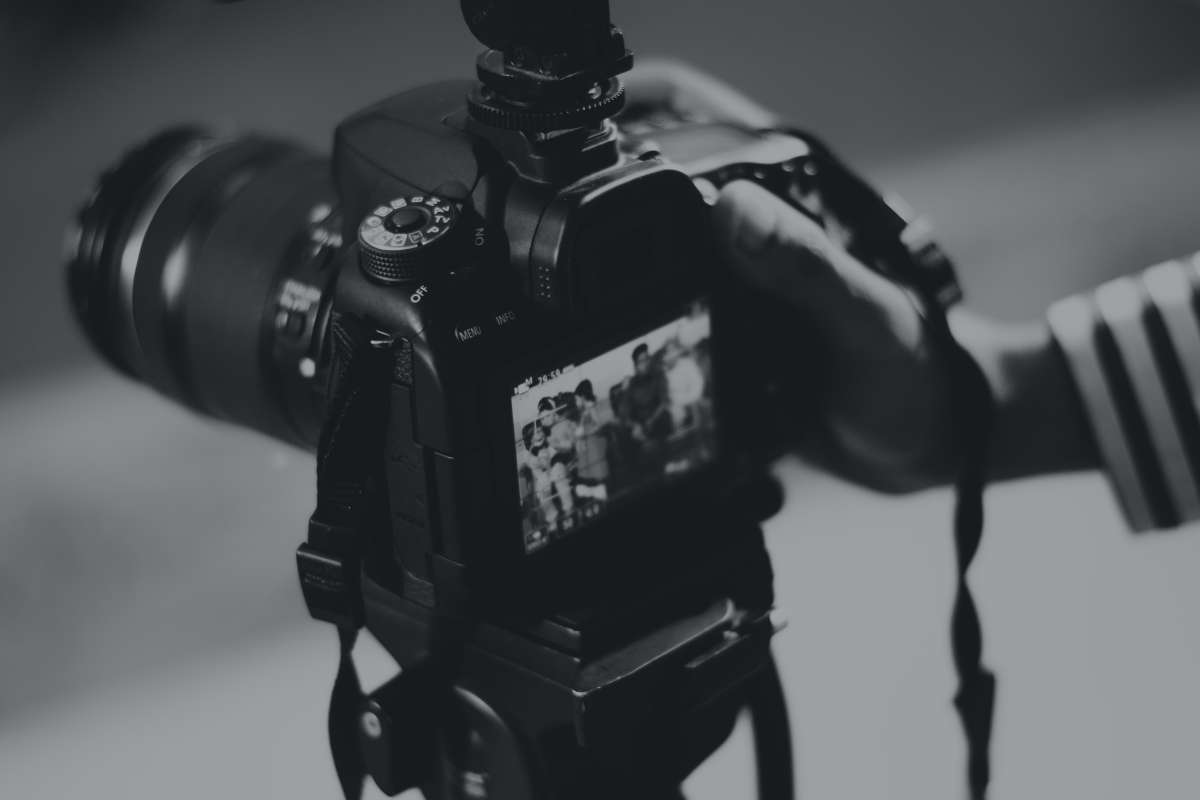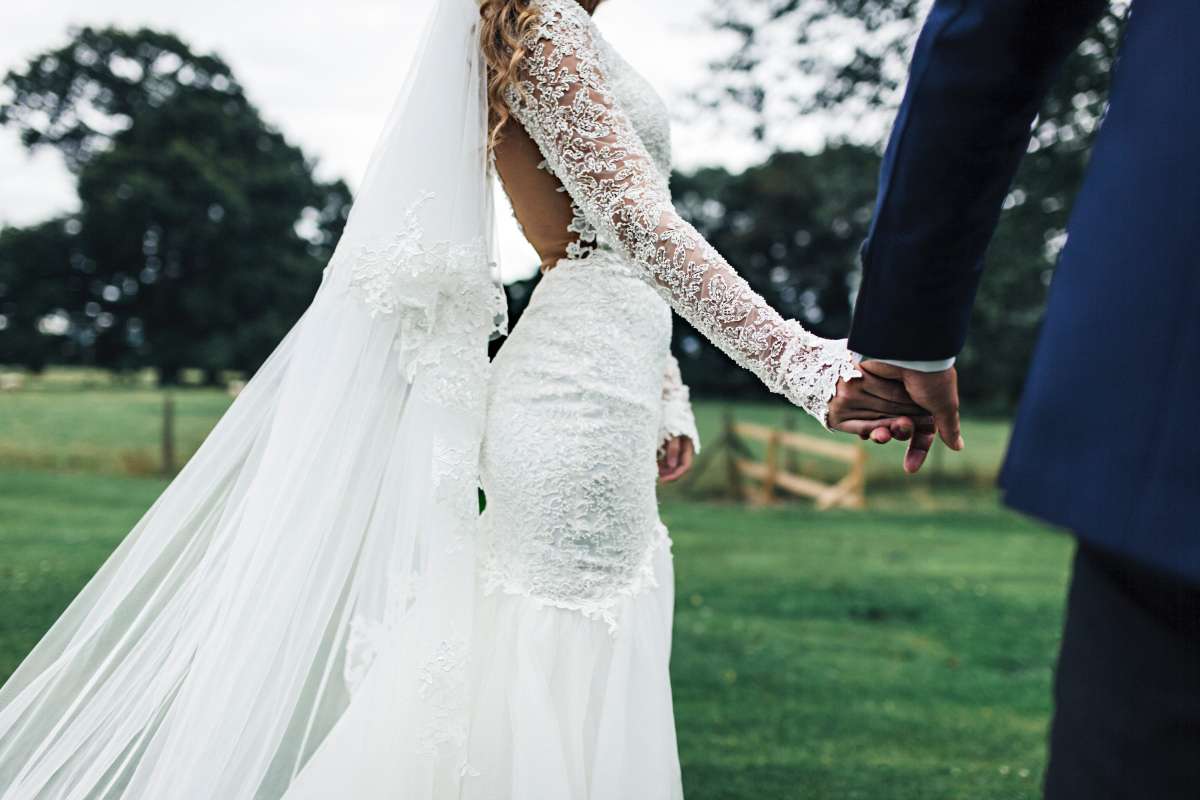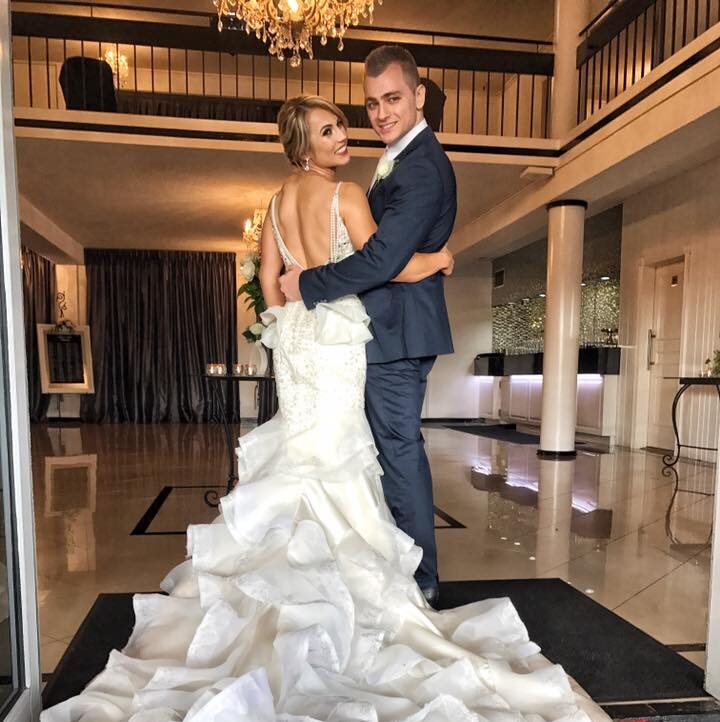Wedding photography can be a rewarding yet challenging experience, especially for beginners. The pressure to capture those once-in-a-lifetime moments is immense. From my personal experience, I can say that preparation, the right tools, and good techniques are key. Here’s a simplified guide to help you navigate your first wedding shoot, with tips on communication, gear, and shooting techniques that will build your confidence.
Essential Wedding Photography Tips for Beginners
5 Key Steps to Prepare for Your First Wedding Shoot
Wedding days can feel overwhelming with so much to capture. But preparation is your secret weapon. I learned this the hard way during my first wedding shoot, when I didn’t communicate enough with the couple, and I missed a lot of important moments.
Here are the five essential steps to ensure you’re fully prepared:
- Communicate with the Couple:
Meet with the couple ahead of time, either in person or virtually, to discuss what moments they want captured. A questionnaire can help you learn their expectations and avoid surprises, particularly with specific traditions. - Create a Shot List:
It’s easy to get caught up in the excitement and miss key shots. Make a shot list, but also allow space for creativity. Memorise it so you can focus on the moment, not the paper. - Scout the Wedding Venue:
Visit the venue beforehand to get a feel for the lighting and layout. Whether it’s an outdoor wedding or a church, knowing how the light will change through the day helps you adjust your shooting style. - Develop a Timeline:
Having a detailed timeline of the day ensures you’re always in the right place at the right time for key moments—like the vows, cake cutting, and first dance.
Pack Your Gear:
Don’t overpack, but ensure you have the essentials: extra batteries, memory cards, a second camera body, and lenses for different situations.
Wedding Photography Checklist
A checklist helps keep you organised and ensures you don’t miss any essential moments. Here’s a sample:
- Getting Ready Shots: The bride putting on her dress, the groom with his best man.
- Details: Rings, shoes, bouquet, and cufflinks.
- Ceremony: The first look, vows, ring exchange, and the first kiss.
- Post-Ceremony: Family portraits—be organised with a list of groupings.
- Reception: Toasts, cake cutting, dancing, and candid moments.
Choosing the Right Gear for Wedding Photography
As a beginner, you might wonder whether you need professional gear. While you don’t need a top-tier setup, understanding the gear you have is essential. Here’s a breakdown of what you need:
- Multiple Cameras: Always have a backup camera. If your main camera fails, you’ll be glad to have a second one.
- Lenses: A versatile zoom lens like a 24-70mm f/2.8 is great for wide shots and portraits. A 70-200mm lens helps with portraits and distant shots, blurring the background for a soft effect.
- Lighting: Low light can be a challenge, particularly indoors. Flash and off-camera flash are useful tools. Bounce the light off walls or ceilings to avoid harsh shadows.
Mastering Wedding Photography Techniques
Capturing the Best Moments: Candid vs. Posed
Wedding photography is about more than just taking the “required” shots—it’s about capturing emotional moments. Both posed and candid shots are important.
Candid shots often contain raw emotion, like a bride and groom laughing or sharing a quiet glance. Posed shots are valuable for formal portraits, but try to make them feel natural by encouraging interaction.
Wedding Photo Ideas:
- Candid: First looks, guests laughing during speeches, or a couple sharing a private moment.
- Posed: Classic portraits, family group shots, and the couple walking hand in hand.
Creative Wedding Photo Ideas:
Experiment with different angles to stand out. Capture silhouettes at sunset or reflections in puddles or windows. Try shooting a bride’s dress mid-twirl for dynamic, motion-filled images.
Lighting Tips:
- Natural Light: The golden hour, just before sunset, is perfect for outdoor portraits.
- Indoor Lighting: Use off-camera flash and bounce light off walls or ceilings for soft, flattering lighting.
Being Bold but Discreet: Balancing the Perfect Shot
Confidence is key, but be mindful of your presence. When setting up for group shots, give clear directions without being commanding. For candid moments, blend in, and time your movements with the flow of the event.
Clean the Scene: Making Sure Your Shots are Polished
Before snapping the photo, quickly check for distractions like stray objects or wrinkles in the background. Guiding the couple into a slightly better position can improve the composition of the shot.
Specific Shots You Can’t Miss
- Details: Rings, shoes, accessories, and floral arrangements.
- Getting Ready: The bride’s dress being buttoned, the groom adjusting his tie, or emotional moments with family.
- Ceremony: The couple’s first look, vows, and first kiss.
- Family Photos: Keep it organised, and have a helper to round up the family members quickly.
- Reception: The first dance, cake cutting, and candid moments of guests having fun.
Post-Processing: Perfecting Your Wedding Photos
Shoot in RAW: Why It’s Essential for Editing
Shooting in RAW gives you more flexibility in editing, especially in tricky lighting situations. You can adjust exposure, white balance, and sharpness without compromising image quality.
Backup Your Photos Immediately
Backup your images immediately after the shoot to avoid the risk of losing them. Copy them to an external hard drive and cloud storage, and use cameras with dual card slots for extra security.
Editing Workflow Tips:
- Sort and organise your photos before editing.
- Use batch processing for basic edits (like exposure and colour correction).
- Apply presets for speed, but always adjust each photo individually.
Creating a Wedding Photo Album
The wedding album is the final product the couple will cherish forever. Design the album to tell a story by selecting the best images from the day and presenting them in a natural flow. Include both wide shots and close-ups for variety.
Business and Marketing: Growing Your Wedding Photography Career
Use Contracts and Retainers: Securing Your Bookings
Always use a contract to clarify hours, pricing, and services. Request a retainer upfront to secure the booking.
Create a Portfolio: Showcasing Your Best Work
Your portfolio should reflect your style, creativity, and ability to capture every aspect of the wedding day. Choose varied shots that show your range, from intimate moments to wide shots of the ceremony.
Marketing Tips:
- Network with vendors for referrals.
- Use social media and Google Business to showcase your work and attract clients.
Weddings are unpredictable, but staying calm and flexible is essential. If something goes wrong—whether it’s bad weather or a timing issue—find creative solutions and stay focused on getting great shots. Your positive attitude will help you remain calm and focused, ensuring you capture all those special moments.




